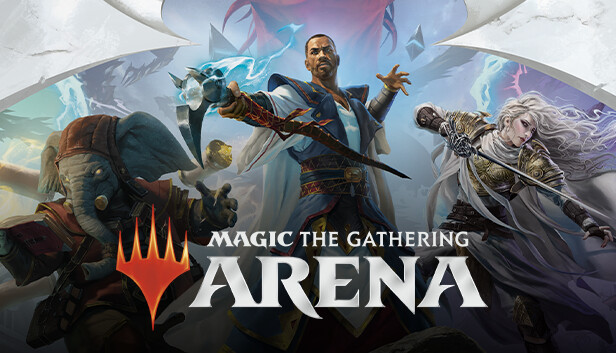Discover the enchanting world of Magic: The Gathering with this extensive guide. Learn the basics of gameplay, explore different card types and deck-building strategies, and delve into the diverse formats and playstyles available. (Probably mostly useful for Newcomers).
Category 1: Introduction to Magic: The Gathering
1.1 What is Magic: The Gathering?
Magic: The Gathering (MTG) is a beloved and enduring collectible card game that has captured the hearts and imaginations of millions of players worldwide. Created by mathematician Richard Garfield and published by Wizards of the Coast, MTG offers a rich and immersive gameplay experience. Players assume the role of powerful planeswalkers, engaging in strategic battles using a diverse array of creatures, spells, and artifacts. With a deep and expansive lore, a constantly evolving card pool, and a vibrant community, Magic: The Gathering has become a cultural phenomenon, inspiring competitive tournaments, casual gatherings, and endless hours of thrilling gameplay. Whether you’re drawn to the intricate strategy, the captivating artwork, or the joy of deck building, MTG offers a world of limitless possibilities and endless enchantment.
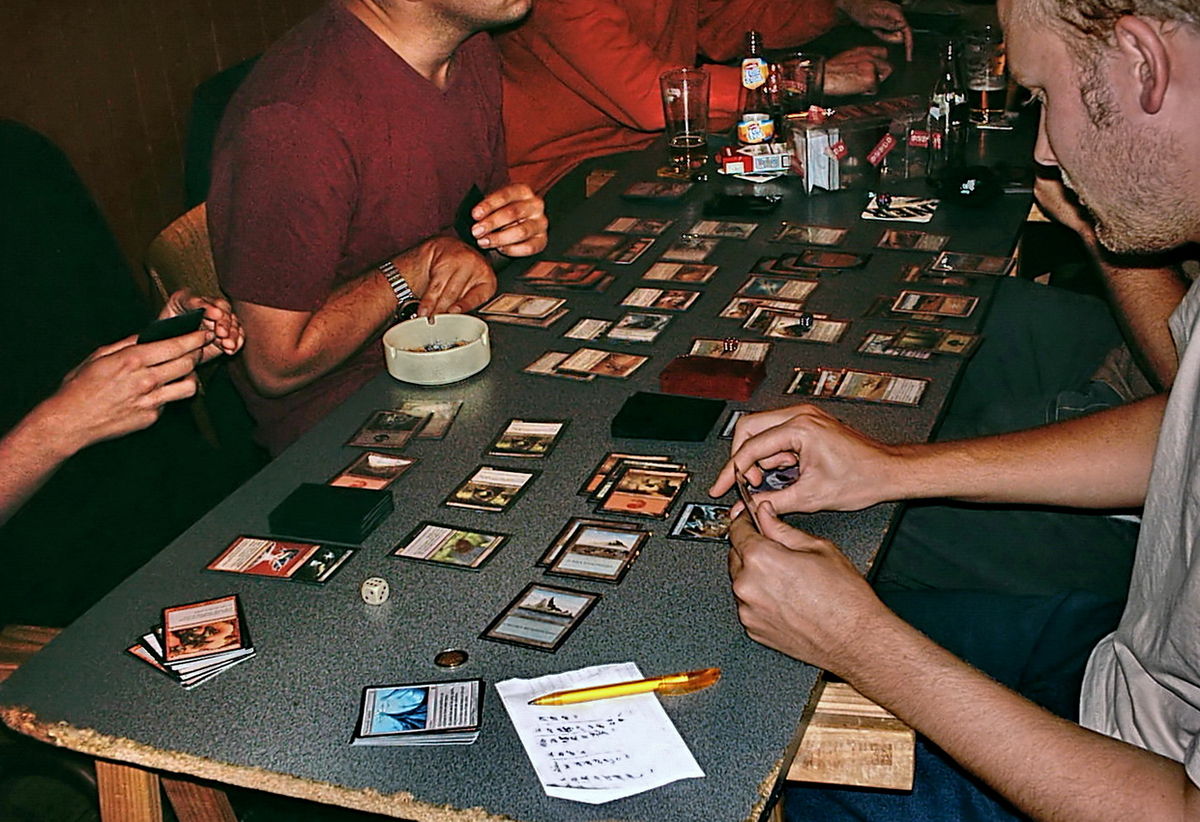
1.2 Basic Gameplay
MTG is played by two or more players, each with their own deck of cards. The objective is to reduce your opponent’s life total from 20 to 0 using a combination of creatures, spells, and other card types. The game takes place in a fantasy world where players take on the role of powerful wizards, known as planeswalkers.
Category 2: Card Types
2.1 Creatures
Creatures are the backbone of most decks. They represent allies, monsters, and various beings within the game. Each creature has power and toughness values, representing its strength and ability to withstand damage.
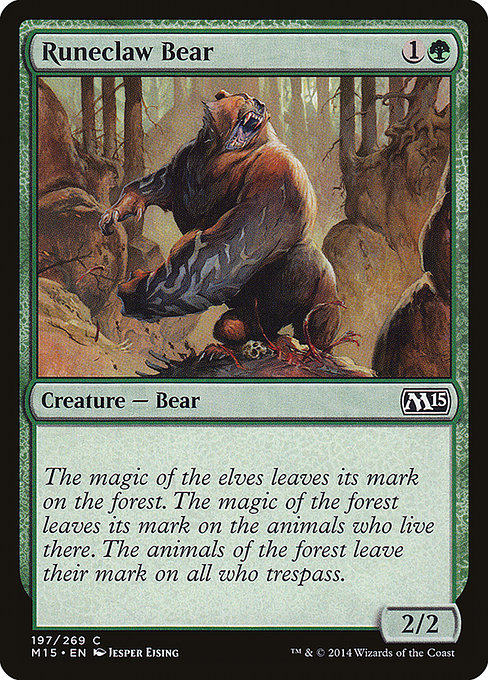
2.2 Spells
Spells are non-creature cards that have various effects, such as dealing damage, countering other spells, or granting special abilities. Spells are further divided into sorceries (cast at specific times) and instants (can be played at any time, even during your opponent’s turn).
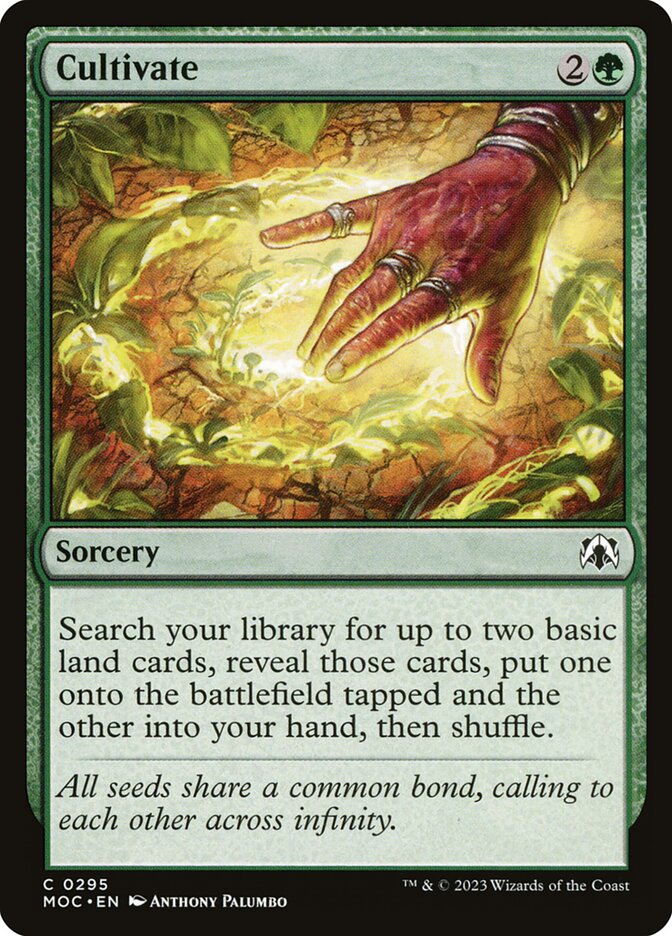
2.3 Artifacts
Artifacts are non-creature permanents that provide special abilities or effects. They often require mana (the game’s resource) to activate their abilities.
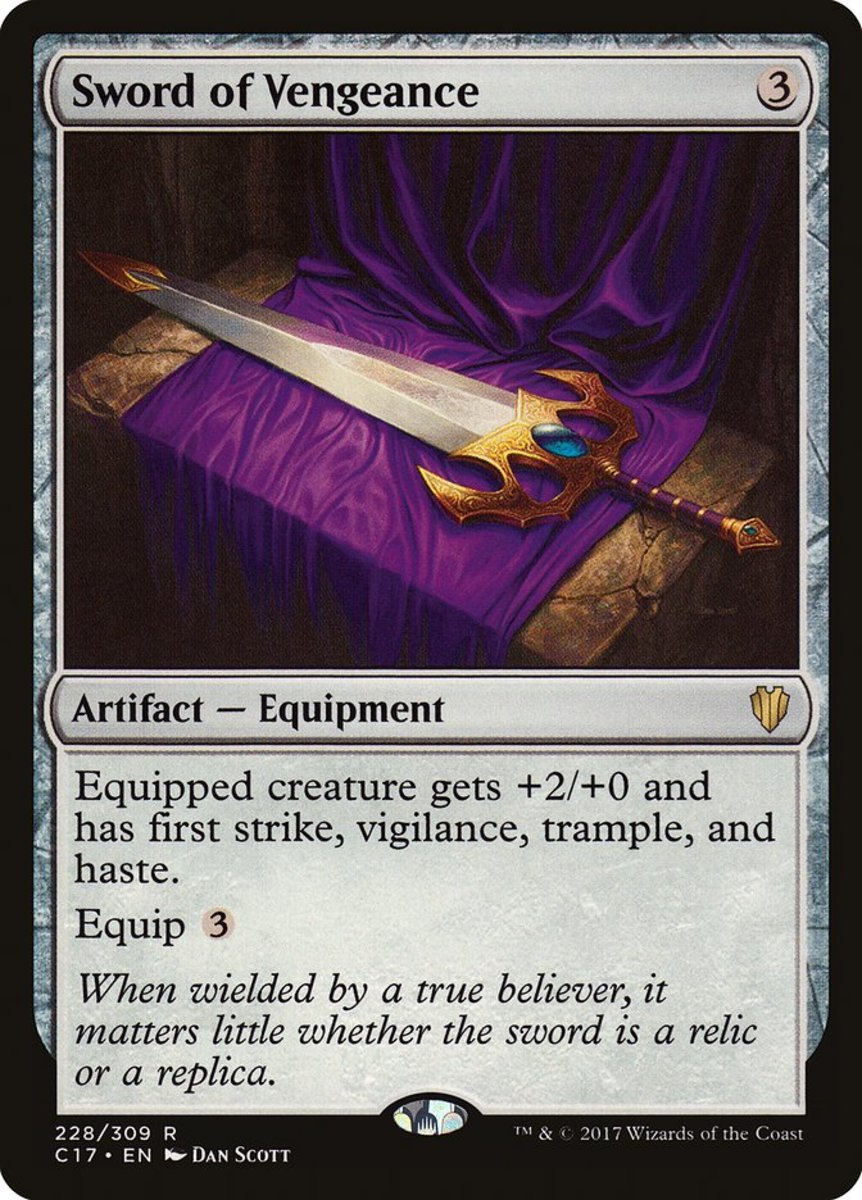
2.4 Enchantments
Enchantments are permanent cards that provide ongoing effects. They are attached to a specific permanent (e.g., creature or land) and modify its abilities or characteristics.
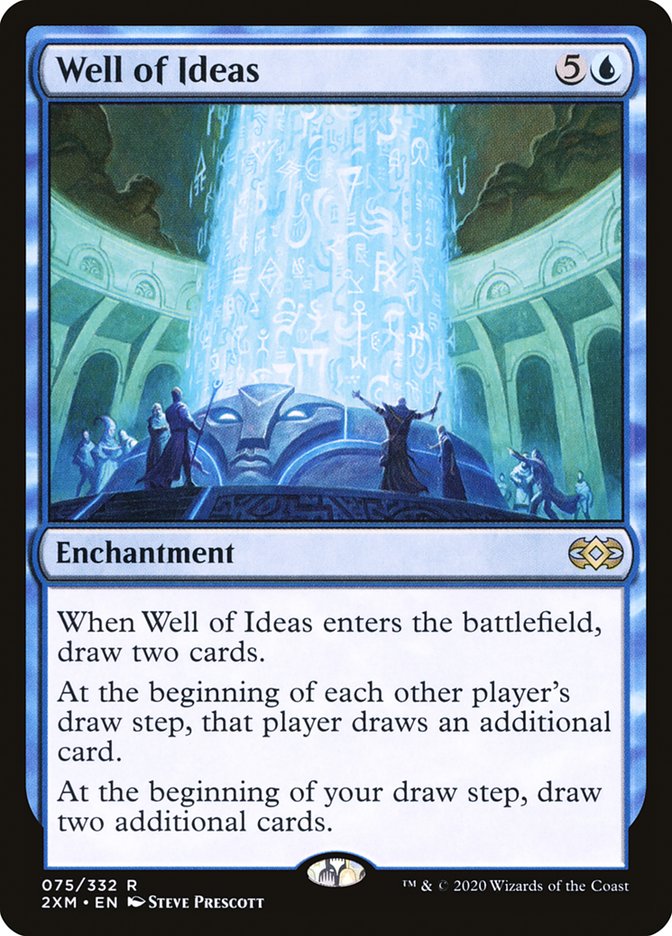
2.5 Planeswalkers
Planeswalkers are powerful beings that players can summon to assist them in battle. They have their own set of abilities and can be targeted by spells and creatures.
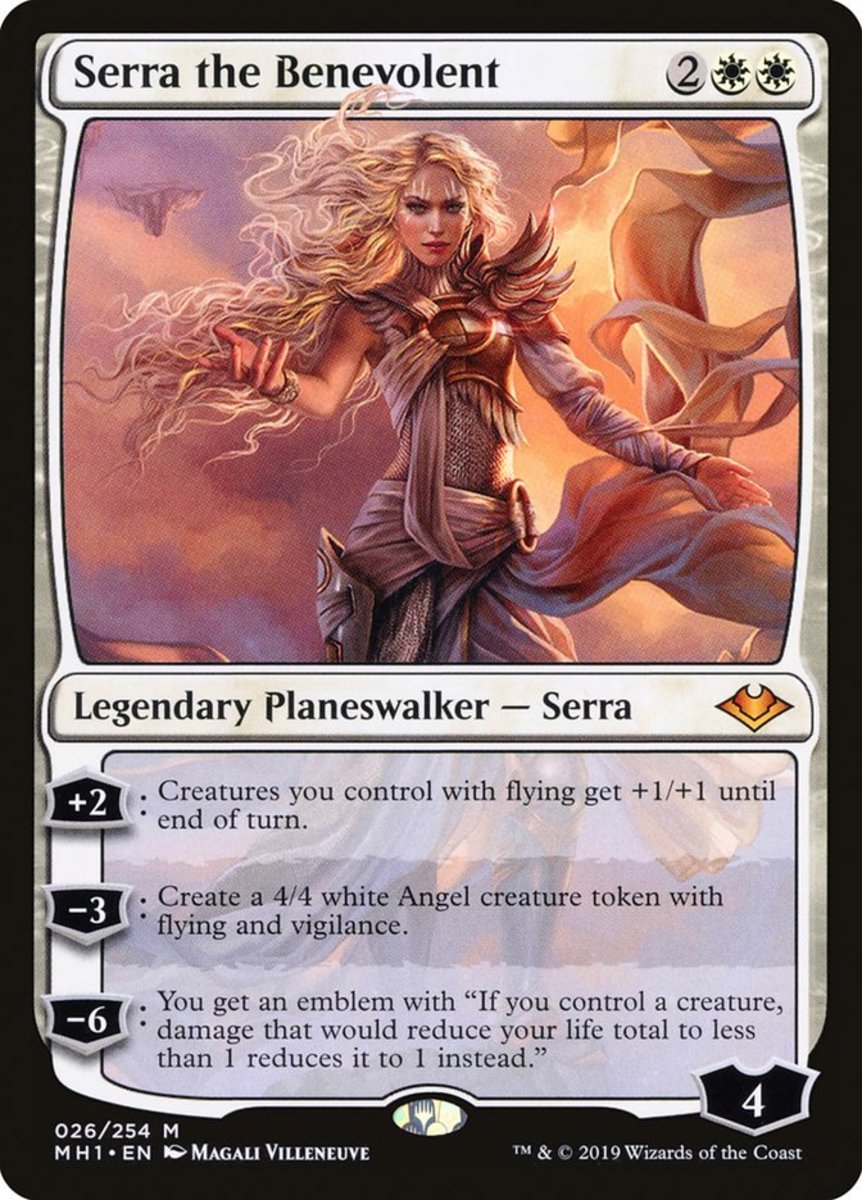
Category 3: Colors of Magic
3.1: White
White mana represents healing, protection, and righteousness. White cards often focus on defensive strategies, with abilities that bolster creatures’ toughness, prevent damage, and provide protection from certain types of spells or effects. White is known for its ability to generate tokens, gain life, and support teamwork among creatures.
3.2: Blue
Blue mana embodies control, manipulation, and intellect. Blue cards excel in countering spells, drawing additional cards, and manipulating the game through abilities like tapping and untapping permanents. Blue decks often emphasize tempo, card advantage, and strategic planning.
3.3: Black
Black mana embraces darkness, death, and ambition. Black cards excel in creature destruction, discard effects, and life manipulation. Black is known for its ability to regenerate creatures, sacrifice resources for powerful effects, and resurrect creatures from the graveyard. It often relies on a combination of removal and card advantage to dominate the game.
3.4: Red
Red mana embodies chaos, passion, and direct damage. Red cards excel in dealing direct damage to creatures and players, fast-paced aggression, and temporary boosts to creatures’ power. Red is known for its ability to quickly unleash spells and creatures, create temporary effects, and ignite destructive spells that deal damage to opponents.
3.5: Green
Green mana represents nature, growth, and harmony. Green cards excel in creature growth, mana ramping, and creature-based strategies. Green is known for its ability to accelerate mana production, generate large creatures with trample and other abilities, and interact favorably with the natural environment of the game.
Category 4: Gameplay Mechanics
4.1 Turn Structure
A turn consists of several phases: untap (untap all permanents), upkeep (resolve effects that occur at the beginning of the turn), draw (draw a card), main phase 1 (play spells and creatures), combat (declare attackers and blockers), main phase 2 (play additional spells), end step (resolve effects that occur at the end of the turn).

Wizard does print Cards like this, you can pull them out of Packs but i dont know how Rare these are and if they still do make them. In the game you have a whole Help-Menu for tips
4.2 Tapping and Untapping
To use a card’s abilities or produce mana, players must tap (rotate) their cards. At the beginning of a player’s turn, all tapped cards are untapped, allowing them to be used again.
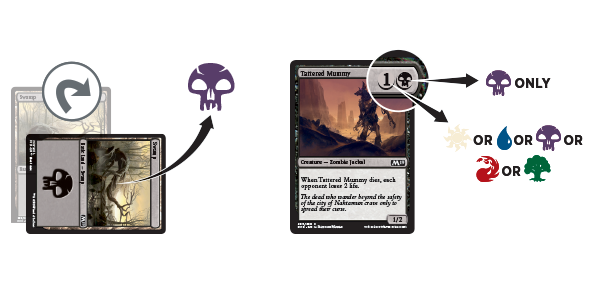
4.3 Casting Spells and Activating Abilities
Most spells and abilities require the payment of mana costs. By tapping lands or other sources, players generate the necessary mana to cast spells or activate abilities.
4.4 Resolving Spells and the Stack
When a spell is cast, it is placed on the stack, and players have a chance to respond with instant spells or abilities. Spells and abilities resolve in a last-in, first-out order.
Category 5: Deck Building
5.1 Deck Size and Composition
A typical constructed deck consists of 60 cards, including lands (which provide mana), creatures, spells, and other card types. There is a limit of four copies of each card (except basic lands) in a deck, promoting variety and strategic thinking.
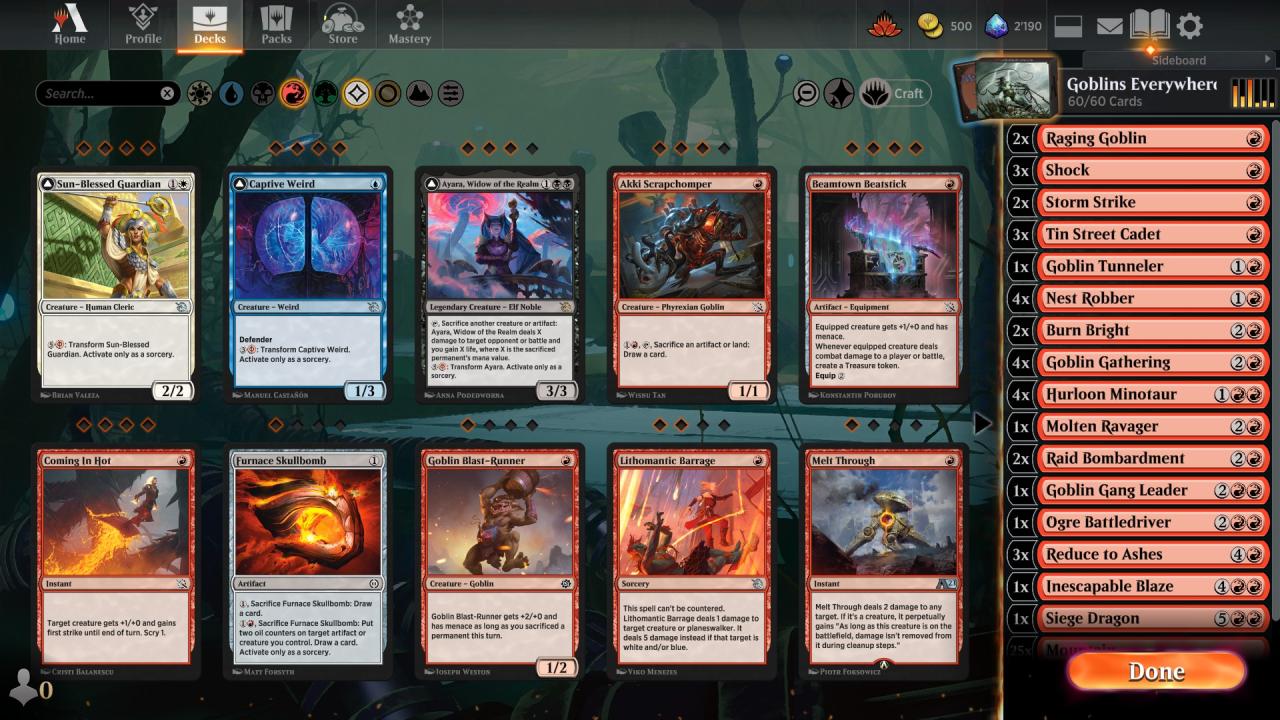
5.2 Mana Base
The mana base refers to the lands in a deck. Players must carefully choose the right balance of lands to ensure they have access to the necessary mana to cast their spells. Different colors of mana are required to cast cards of corresponding colors.
5.3 Card Rarity
Magic cards come in different rarities: common, uncommon, rare, and mythic rare. The rarity affects a card’s availability, with more powerful or unique cards often having a higher rarity.
Category 6: Formats and Playstyles
6.1 Constructed Formats
Constructed formats are where players build decks using their own cards. Popular constructed formats include Standard (using the most recent sets), Modern (including a larger pool of cards), and Commander (a multiplayer format with unique deck-building rules).
6.2 Limited Formats
Limited formats involve players building a deck from a limited pool of cards. This can be done through Booster Draft (selecting cards from booster packs in a group), Sealed Deck (building a deck from pre-determined packs), or Cube Draft (using a custom set of cards created by the players).
6.3 Aggro, Control, and Combo
Aggro decks focus on quick, aggressive strategies to win the game. Control decks aim to dominate the game through resource denial and countering opponents’ strategies. Combo decks revolve around specific card combinations to achieve a powerful win condition.
Category 7: Resources and Learning More
7.1 Official Resources
7.2 Community Resources
Numerous websites, forums, and YouTube channels provide valuable resources for deck building, strategy, and general discussion. Examples include MTG Goldfish, ChannelFireball, and Reddit’s r/magicTCG. The Magic community is generally known for being very friendly and accepting.
Closing words
Remember, this guide provides a broad overview of Magic: The Gathering. The game’s depth comes from its vast card pool, complex interactions, and ever-evolving strategies. So, dive in, explore the cards, experiment with different deck builds, and enjoy the world of MTG!
Thanks to Superhero3807 for his excellent guide, all credits belong to his effort. if this guide helps you, please support and rate it via Steam Community. enjoy the game.
Related Posts:










